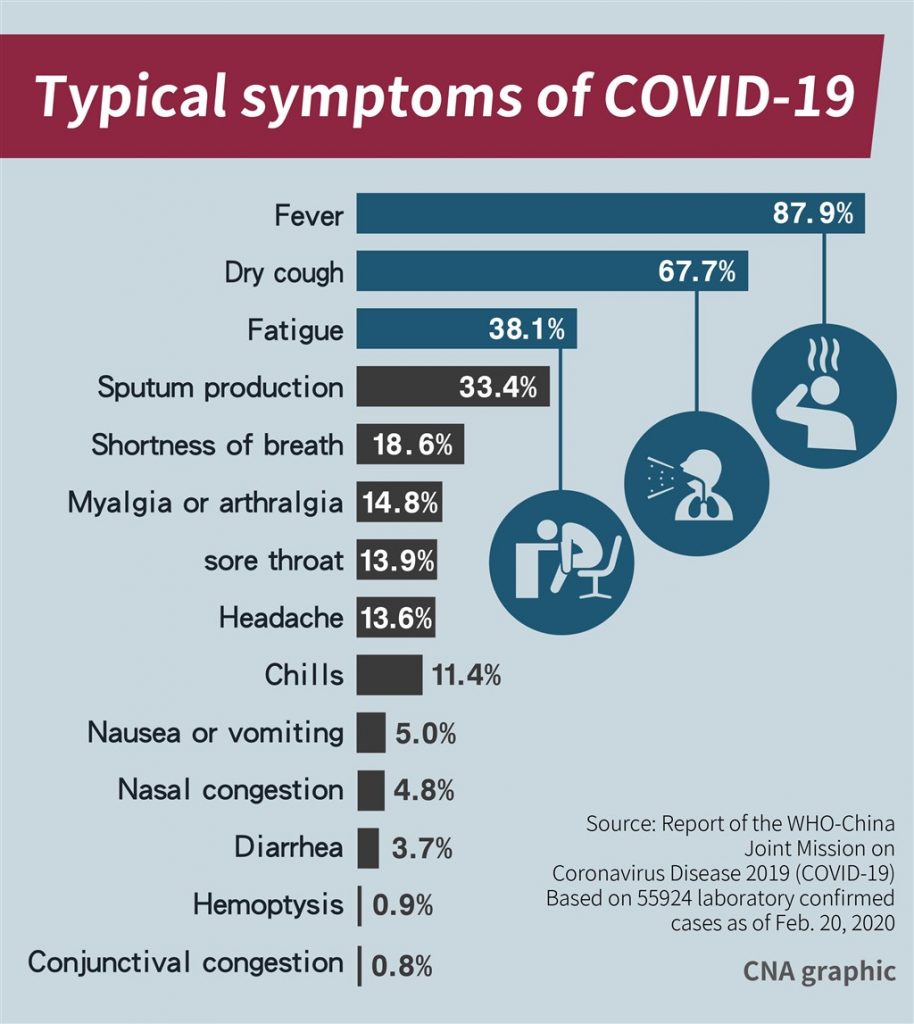
You’ve seen it on social media, heard it at school, or maybe even said it yourself (gasp). “The flu has killed thousands of people, why does it matter if 30 people have died of this new virus” the line goes. “This new virus is not any more dangerous than the flu” or “People are overreacting”.
It is understandable that people are grasping to attach COVID to something they know and understand. It is psychologically comforting to connect an unknown with a known. It makes us feel better.
We think: “Hey- I know people who have had the flu and they are fine- see, I am going to be fine”. Our brain wants to find reassurance.
We also look for these same reassurances from our role models, parents and leaders. We are comforted when they say that they have it “under control” or that the numbers are “inflated or incorrect”. They tell us that things are going to be fine and it releases chemicals based on the trust we have with them to create a calming effect.
So, instead of trying to convince you one way or another- this post will simply present facts and figures and allow you to draw conclusions from those.
You may find elements that you can use to comfort others or just having more information and knowledge may be comforting in itself.
Both Viruses have Respiratory and Febrile Elements
It is true that both Influenza and this Coronavirus both produce similar symptoms — fever, body aches, cough, fatigue — The viruses have similar symptoms. The chart below shows the symptoms of COVID and how often they occur in patients.

Seasonal Flu has a lower reproductive rate than COVID-19.
We can look at the R-0 value of a virus to determine how infectious it is and predict whether it will infect a large number of people. The R-0 value tells us approximately how many people each patient will infect. The R-0 of Seasonal flu is typically <1 . The current R-0 if COVID is still being determined but we have a range of 2.2 to 6.48. More information on R-0 values and a deeper explanation can be found at :
An estimated 32 million Americans have come down with influenza since this year’s flu season began in late September, resulting in about 18,000 deaths, according to the Centers for Disease Control and Prevention.
“There is still considerable uncertainty around the fatality rates of COVID-19 and it likely varies depending on the quality of local healthcare,” said Francois Balloux, Professor of Computational Systems Biology at University College London.
“That said, it is around two percent on average, which is about 20 times higher than for the seasonal flu lineages currently in circulation.”
Georgia COVID-19 and Flu Comparison
As of April 7, 2020 at 9:09 am , health officials, have confirmed 1,362,936 cases of coronavirus infection resulting in 76,373 deaths across the entire globe. For more information on the current infection rates and fatality rate- you can check out the COVID Math update and the Georgia STEM GIS Map. If you scroll out on the Georgia GIS map, it will show an overlay of the Johns Hopkins GIS Map.
It is true that the danger from COVID-19 is only partially from the virus itself. Experts say health systems could easily become overwhelmed by the number of cases requiring hospitalization – and, often ventilation to support breathing.
Flu has a Vaccine/ COVID-19 does not
French deputy health minister Jerome Salomon said that humans have lived with influenza for more than 100 years.
“We’ve studied it closely,” he said. “This new virus resembles the flu in terms of physical symptoms but there are huge differences.”
The number one difference is the lack of a vaccine against COVID-19, or even any treatment shown to be consistently effective.
While some trials have shown promise delivering anti-retroviral drugs to serious cases, as well as some experimental therapies, their sample sizes are too small to roll out to the general population.
Hundreds of researchers around the world are working frantically to find a COVID-19 vaccine, but the development process takes months and is likely too late for the current outbreak.
Even if a vaccine magically appeared, getting everyone access it to it is no small order. Health authorities regularly complain that not enough people receive the flu vaccine to guarantee “herd immunity”.
What can we do?
The new virus causing this Pandemic does share some characteristics with the Influenza Virus, notably the measures each one of us can personally take to slow the infection rate:
Avoid shaking hands, frequently wash your hands with soap and water, avoid touching your face and wear a mask if you are sick. There is no proof that wearing a mask will help prevent infection but it can help people who are sick from spreading their germs to others.
For more information on how COVID compares to other viruses- check out the comparison post.
You can also view the post on WHO Infodemics
There are also so many COVID misconceptions- to check out the facts on some of the more bizarre stories you have heard- check out
Totally Fed up with COVID and just want to learn about something else- you can find out how dogs use Magnetoreception to Poop, How Iguanas Falling out of Trees has been an issue in Florida this year or even Check out the STEMtastic Physics behind Baseball from our STEMtastic Sports series.



